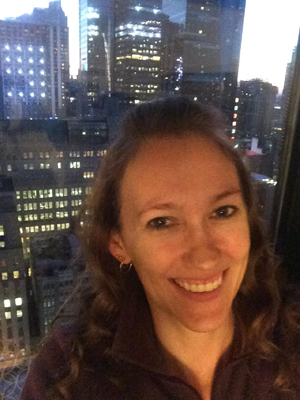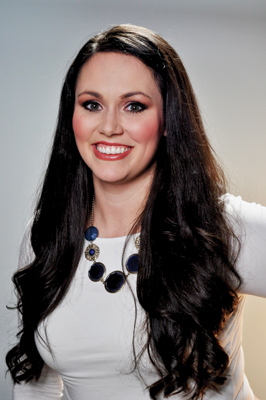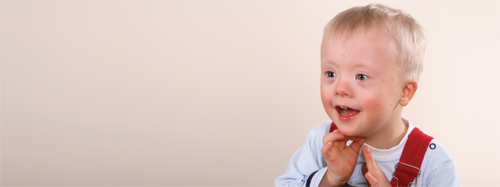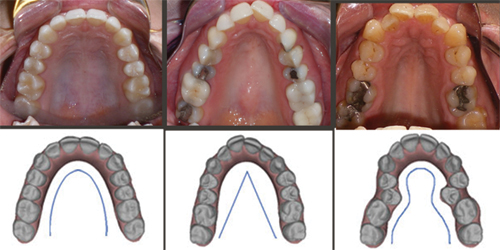For a long time, I thought that dental conventions weren’t for people like me. I was just an ordinary dental hygienist who went to work and left my job behind when I came home. I was a busy mother dealing with a world of responsibilities. During that period of my life, dental hygiene was just a job. But then, 10 years into my career, I attended my first dental convention, and something inside of me changed. I learned about how much untapped passion I had for my profession, and since then I have never looked back.
How I got my start with dental conventions
The first dental convention I ever attended was the Chicago Midwinter Meeting in February 2016, and I wasn’t very excited about it. I only went because my boss offered to pay for the trip and my coworkers urged me to come along with them. The dentist I worked for (and still work for), Dr. Chris Bible, had been a long-time fan of dental conventions, and I didn’t understand where all his enthusiasm came from. He regularly attended Chicago Midwinter and the Greater New York Dental Meeting. He became like a child filled with excitement as the events approached each year.

Selfie from my hotel room in New York City for the Greater New York Dental Meeting
When I got to the Chicago Midwinter Meeting at McCormick Place convention center, I was utterly amazed at the enormity of the event. There were close to 30,000 people in attendance. Dr. Bible had always tried to explain how large the event was, but I didn’t come close to understanding until I saw it in real life. It was like a dental professional’s paradise—row after row of dental exhibitors—and I got the opportunity to be a part of it all. This was the place where any question I had on almost any product could be answered by a real-life expert. I could feel my adrenaline beginning to surge!










